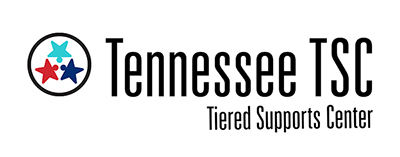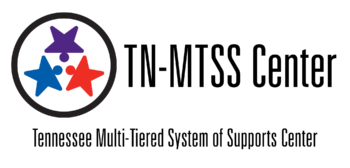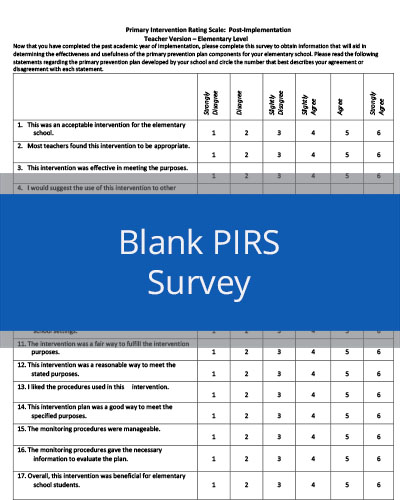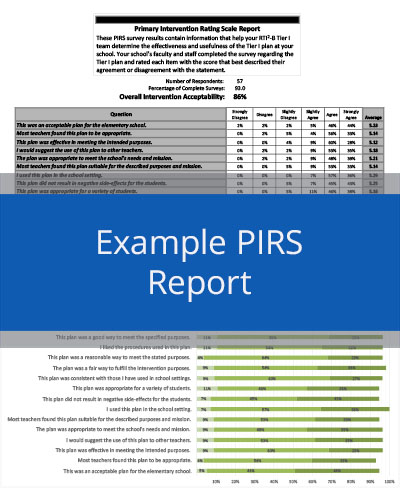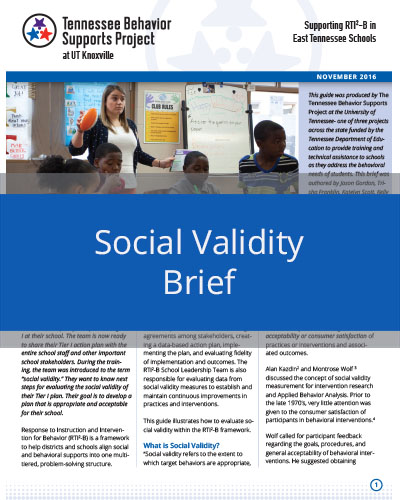You have most likely encountered a student who needs Tier III support to learn social, emotional, or behavioral skills. Tier III support for behavior can occur in multiple forms, but one method is for a Student Support Team to conduct a Functional Behavior Assessment and develop a Behavior Support Plan to tailor and individualize support for the student. A Behavior Support Plan is comprised of multiple components including antecedent interventions.
Antecedent interventions can be powerful tools that help to stop unwanted behavior before it begins. Furthermore, teachers may be willing to implement antecedent interventions because they can be easier to implement than responding to the unwanted behavior when it occurs. Some examples of antecedent interventions include curricular adjustments, pre-correction and pre-teaching, choice, and timed attention or breaks. To learn more about all of these interventions, click here.
One antecedent intervention that is simple, but can be overlooked by teams, is timed breaks or timed attention (e.g., non-contingent reinforcement). During this intervention, a teacher provides attention or a neutral break on a schedule. This intervention can be helpful to use with students who engage in unwanted behavior to access teacher attention or escape from a task demand. Teams should review the Competing Behavior Pathway to determine if the function of the unwanted behavior is “access attention” or “escape task demand.” Students who engage in unwanted behavior to access teacher attention may benefit from timed attention. Students who engage in unwanted behavior to escape task demand may benefit from timed breaks.
Steps to Implement Timed Breaks or Attention
- Choose time of day to implement
- Choose a time interval
- Set a time
- Provide break or attention at each interval
- Review data and increase the time between breaks or planned attention
Choosing a Time of Day to Implement
It is best to pick a time of day that is right before unwanted behavior typically occurs. For example, if unwanted behavior typically occurs during whole-group math lessons, then the teacher might begin providing timed breaks or attention 20 minutes before the math lesson begins.
Choosing a Time Interval
Determine how often the unwanted behavior occurs and then choose a time interval that is slightly shorter. For example, if the student yells loudly in your classroom every 5 minutes to access adult attention, set the timer for every 4 minutes.
Planning for Timed Breaks or Attention
Review the Competing Behavior Pathway to determine the function of a student’s undesirable behavior. Once you have identified if the student would benefit from timed attention or timed breaks, it is time to begin implementing.
For a student receiving timed attention, vary the quality of attention. If the timer goes off and it is time for the student to receive teacher attention, provide attention based on their behavior. If the student is demonstrating undesirable behavior, then it is important for the teacher attention to be neutral (e.g., “hey there, just checking in”). When the student is displaying the desired behavior, provide positive feedback (e.g., “Brooke, great job being respectful and finishing your work!”).
For a student receiving a timed break, make sure the break is neutral and not paired with a desired activity. The student will receive this break regardless of their current behavior, so it is important to make the break neutral and not connected to a preferred activity that could be considered reinforcing.
Like any intervention, it is important to continue the intervention for at least 5 days before making large changes. It can take time for a student’s unwanted behavior to change; therefore, it is important not to abandon an intervention after the first day.
